In this episode we explore market bubbles and what they have taught us in terms of economics and behaviors of financial markets. How do these bubbles form? What do they leave in the aftermath of a popped bubble? Giuseppe Sette, President at Reflexivity, joins Cassidy Clement to discuss.
Summary – Cents of Security Podcasts Ep. 86
The following is a summary of a live audio recording and may contain errors in spelling or grammar. Although IBKR has edited for clarity no material changes have been made.
Cassidy Clement:
Welcome back to the Cents of Security Podcast. I’m Cassidy Clement, Senior Manager of SEO and Content here at Interactive Brokers. And today I’m your host for our podcast. Our guest is Giuseppe Sette President at Reflexivity. In this episode, we’re going to explore market bubbles and what they have taught us in terms of economics and behaviors of the financial markets. How exactly do these bubbles form and what do they leave in the aftermath if they’re a popped bubble? We’re going to discuss all of that and more. Welcome to the program Giuseppe.
Giuseppe Sette:
Thank you very much for having me. Always, a pleasure to be speaking with IBKR folks.
Cassidy Clement:
Sure. So, because this is your first episode with us on this channel, why don’t you tell the listeners a little bit about your background and how you got started in the industry.
Giuseppe Sette:
Of course, of course. I have a background in engineering. I have a master’s in electrical engineering. After that, I got my MBA from Wharton. That was my first experience for a long time in the US and then I gravitated towards the hedge fund industry. I traded in some major firms brevan Howard, Davidson Kempner, Lombard Odier where I was Co-Chief Investment Officer for the global macro franchise. And so effectively in the last 17 years, I’ve been in the hedge fund space and mostly in the global macro space and the AI applications for hedge fund investing. So bubbles are a topic that comes to the fore quite frequently.
Cassidy Clement:
Great. So you seem like the perfect guide to talk to today about the mechanics of a bubble. So many people have probably, yes, many people have probably heard of that term, especially in the past 20 to 25 years. We get that reference any time there’s any type of major market shift. Is there a bubble? Is this a larger bubble getting signaled elsewhere? So if you were to describe it to maybe more of a beginner listener or somebody just getting started in financial research, what exactly is a market bubble and are there certain characteristics or maybe metrics that are used to define a bubble starting to form?
Giuseppe Sette:
It’s a good question. Like the famous Supreme Court ruling, bubbles are best defined by the principles that I know one, when I see one. And oftentimes this is used by financial market commentators to name “bubble” things that truly are not really bubble-ish in insight.
The key aspect of a bubble in insight is that you’ve been disconnected by some metric evaluation. One form or another, valuation mostly where it’s easier to value an asset like in equities allows you to get a better and earlier gauge of whether something feels bubble-ish. In other securities like commodities, crypto, it becomes much harder.
But the key aspects that define a bubble, usually tend to focus on the persistence of strong, positive momentum, reaching prices that were completely unexpected by the broad market participation and an increasing interest and participation in the market of the specific securities. Be them again, tulips a few centuries back or bitcoins nowadays.
Generally speaking, flaws are the key marker of a bubble that’s swell into its maturity, but they’re preceded by other phases that tend to lay the foundation of what we call a bubble. What we recognize as a bubble. Let’s think about it. Let’s walk through the history of Bitcoin. You have an early adopter phase. Imagine Bitcoin below a hundred dollars where it’s niche topic. People are not really discussing it much in the mainstream media. And you have early adopters that are particularly keen on the security because they’ve seen momentum happen. When you get in and a couple of dollars and it’s a hundred dollars a few years later, that’s still like a 50 fold or 30 fold return.
Then you start to get a mainstream awareness phase. Think Bitcoin a thousand dollars. People have realized that for years this specific security has been delivering outsized returns and they want in. Tech kicks the avalanche into gear and you get into proper bubble territory. That means effectively a broad based acceptance that the security has some extraordinary properties and the desire to participate.
The reason why it’s very hard to determine the next phase of the bubble, which is after the exponential explosion in prices, the burst, is because relation arguments kind of flounder at that stage. Let’s be clear, nobody is irrational when investing in spite of what Greenspan used to like to say about irrational exuberance. Everybody’s buying because they have an expectation that the momentum is going to continue, and momentum is a great financial principle in markets, you can’t really deny it. So it’s not the people are crazy about wanting to buy into a bubble, a lot of professional investors actually are very happy to lean on them and stick with it.
The problem is that either valuations stop mattering for a certain while, or valuations are not available at all. The former case is obviously equities. We’re currently living through a market at 22 forward PE, that’s kind of expensive. We basically managed to be above that for a year in the .com and for a year in 2021.
So clearly if you’re an equity investor, especially on the long term, you at least have an anchor. What are you gonna do with a commodity or with a cryptocurrency, it’s very hard to determine where the bounds are for something being expensive or cheap. And that really determines the challenge of trading the last blow up phase of a bubble.
Cassidy Clement:
You bring me right into my next question. So, I mean, it seems like from my research at least in terms of describing let’s say market cycle involving a bubble, we tend to see something like a displacement market boom. Like you said, when everybody wants in, everyone’s enjoying, the uptick in it, which is the euphoric state and then finally, if it cannot sustain the bursting of that bubble. And then finally the downtrend, which may be like panic selling or forced liquidation. So if we were to expand on that part, what exactly happens when these bubbles burst? I mean, there’s obvious examples of this through history, but you know what exactly happens?
Giuseppe Sette:
It really depends on what is the outreach of the participation in the bubble. Let’s make a couple of examples. The burst of the dotcom bubble led us into a recessionary period, but that was truly a matter of correlation with the rest of the market. And what I mean by this is that we had a sharp drop in the whole market because the whole market had been lifted into incredible valuation levels by this cohort of early tech stocks, which by the way, shows one of the key aspects of bubble. Sometimes they’re just early. Look at us 25 years later the promise of tech has been delivered.
Tech is everywhere in your smartphone, in the AI that you chat with, et cetera. They were just early. So the dotcom led us to a recession because of, well, since I can use it, it’s our name, because the reflectivity principle. Soros has outlied for the first time, which is sometimes it’s not just the economy that impacts market, it’s markets that impact the economy through well-known channels, because when there is a compression in stock values, then there is a diminution in wealth. People spend less, et cetera, et cetera, et cetera.
Other bubbles could have actually, had much less of an impact in the market if it weren’t for secondary phenomenons. I’m specifically talking about 2008. 2008 was mostly a housing bubble. In the sense that we had housing prices that have been going up steadily for a long time, and that’s one of the hallmarks of a bubbly security. When we don’t have enough downside manifestation in the recent past, then risk taking becomes extremely aggressive with its consequences. But if it had only been a matter of houses, houses are liquid, they sell slowly. There is no one clear, central price determination mechanism. And so we could’ve survived very easily if it were not for the fact that as an accessory to 2008 housing bubble, we had an incredibly developed over the counter set of derivative interlinkages in the financial system in the US and outside. And the drop in the collateral of these financial instruments, as we know, led us to a cascade of events. So truly, each bubble has been quite unique.
Let’s look at today why are we here today? For a chain of events, which is quite unique, is possibly something we’ll never see again in this exact sequence. We got the 2008 bubble, and out of that we decided that QE was the way to go. We got three injections of QE. Naturally by, let me call them liquid dynamics, when you inject so much liquidity into the treasury market, you just push private liquidity into other securities. And this has helped us propel the market as a whole, forget tech, the market as a whole into, one of the most glorious bull markets we ever seen.
Interrupted briefly, but by the Covid shock, but that seemed to have been forgotten as as fast as it came. Right after QE sent us into the orbit, if you want, and that took 10 years by the way, we had all of a sudden access to a level of technological advance that we’d never seen before in the shape of this new language models and their broad adoptions.
Let’s mark November 22 as the key date. This truly led us effectively into a further acceleration, which is, by the way, not completely unjustified because it’s not a matter of liquidity that moves the market. QE has been pulled by the market now, and the Fed has done a fantastic job to be fair, about pulling it without sending the market into a tailspin. Now we’re talking about a concrete increase in productivity for most industries out there. That’s never been seen before. How do you put a price to that? That’s truly impossible. One thing we can say, ’cause it’s an easy statement, is that there is a wrong price for everything, including the recent developments in AI.
But it’s very hard to gauge what this price is. So when we get surprised by continuous discoveries of new highs in the market, in S&P and in everything attached to the equity space, if you want US and non-US. There is if you want a voice of caution at the back of every fund manager that says yes, but this time it’s truly different because you never had the chance to sit down, speak with an AI and get this AI to write down a summary about your portfolio that’s cogent, correct and applicable. We are in a new territory and we just started to scratch the surface. So this brings us back to your point where we all started, which is, are we in a bubble or not? I would say yes, we are in a bubble because we feel valuation levels that are widespread well beyond the tech space where they seem to be more meaningful into pretty much every, every corner of the market.
Is there a technological reason for these prices to be so high? Yes. And so the questions we need to ask ourselves is, which portion of the bubble are we in? We might be well extended, or we might be just beginning. Let’s just think about the fact that we’ve had widespread awareness and adoption of these technologies for what is effectively a year and a quarter, maybe a bit more than that. And so, it’s entirely possible that we have much more to do here. Needless to say, markets are never so simple as that. We also have other factors helping us push the market further, on the top side. We had political elections that seem to have provided further fuel to specific areas like crypto. And so these things are blend together to give fuel to the rocket.
Cassidy Clement:
Those are really good points. I really liked the way that you explained with the QE and liquidity, how it took time to come back through even after a bubble pops. You know, that kind of brings me to my next point, which is what can these bubbles teach us about economics and financial markets? Weirdly enough the AI models that, as you mentioned, you can’t just sit down and say, talk to me about my portfolio. You know, they are still learning about all of those elements of previous market changes and so are people as well, of course. So as these things occur, how exactly are the lessons learned and is it kind of history repeating itself or are there new elements that we’re learning each time we see this market cycle occur?
Giuseppe Sette:
So there is certainly a degree of learning that comes into at least two, possibly three, institutes of knowledge. On the one end historical samples matter because we build our risk parameters. We build our strategies, we build our hedges around historical samples and the narrative that surrounds them. In that sense, the 2008 great financial crisis will never be forgotten. The European wobbles of 2010, 11, 12 will never be forgotten, et cetera, et cetera. The Covid shock won’t be forgotten. And these are all tools that remain in the pockets of a risk manager in a fund management organization to look at portfolios and say, aha! Be careful.
On the other side, there is another institutional repository of knowledge to protect us against the worst effects of bubbles and that’s regulation. Naturally, you have something happened like 2008 or the dotcom, crisis and regulators look at what happened and try to put palisades in place to protect us from the worst.
Time can, however, erode a little bit, both of these repositories of knowledge. And so it comes back to the individual manager and or trader to make sure that they maintain , if you want, like the learnings front and center in a moment like this. And I think that, the learnings that we can bring well, let’s say three or four. For one, there is an aspect of cost opportunity. This is very true in particular for professional managers, but it’s also true for anybody who’s doing their own asset allocation. What I mean is being too careful as a cost because if you start too early in saying, I don’t understand this. I cannot be invested in this, and the market goes up 30% above you for three years, you’re out of a job. If it’s your own wealth, you lost the massive opportunity.
On the flip side of this, naturally, the phenomenon that leads investors to be so cautious is the fact that to this day we have really not found a way to time these bubbles. And I’m sure that if you go into the best, and most advanced quantitative shops, like Renaissance Technologies, Citadel Securities, they have spent billions in trying to solve this problem. It’s unclear whether they really solved it. So in a way, the first key learning is this balancing act between risk and return. The fact that refusing to play has a cost. You need to play in a way that is balanced for you. It comes down at the end of the day, especially if you’re an allocator, in maintaining a degree of balanced portfolio and making sure that you have your treasuries in your portfolio that are going to be there and help you have dry powder to reinvest if things go badly.
Cyclical investing could be, if you could get cyclical investing properly right, you would be one of the best investors ever. You just need to ride the bull market, and then be away for the bear. Go on holiday for two years, see you the next time.
I gave you an answer that touched on the practicalities of putting money at risk and at work. If you want more, deeper understanding of the bubbles, one fascination is that every bubble, every time we meet one, we discover that our psychology has not changed a dime ever since the tulip flowers. We still chase the momentum. We still have that greed is good mentality.
That makes you track the assets that do well. But slowly but surely, we’re doing the right thing to try and understand these things from a holistic perspective. And what I mean is that we have more measurements, we have more markets to look at, faster gauges of economics to look at. Not anymore those low GDP measures that come quarterly, we have nowcastings tell us where the money’s flowing, what investors are doing, what individuals are doing as well. And the hope, which is not yet realized is that we will come to a point where we have enough gauges on the body of the market to be able to give us early warnings of a bubble bursting. Just like you could get early warnings of a heart attack in a patient if the patient was well controlled. AI is certainly going to play a role in this because one of the key points of strength that AI brings to the fore is the ability to look at many, many factors together and merge them into a narrative that is cohesive and understandable, which is very hard for an individual manager to do.
So I think that we will certainly do better at managing these bubbles going forward but I’m gonna leave you with a counterpoint, which is markets are made by participants, and so the moment you start to understand something and you change your behavior, you change the market as well. Which is why it’s so hard to invest nowadays even for investment firms that spends billions of dollars in research. Because every time they find an opportunity, a recurrence, an alpha source, it gets arbed awayay, as we would say in jargon because their own behavior changes it, changes the market as a whole. Markets are complex it’s a continuous race to arms and it’s certainly one of the.
Cassidy Clement:
You mentioned the Tulip Mania, which is like one of the first market bubbles in I guess, Britain history. For those of our listeners who are not aware, it was in Holland, I think in like the 16 hundreds. Tulips were all the rage and they just kept climbing, climbing, climbing, and people were making all these variations of them.
And then there was this huge order and the buyer never showed. And then the market flooded and people realized, oh no, these are not worth that much. So it’s very interesting to look at, or just to your point of saying, we look at the psychology of market bubbles and it’s so interesting that a majority of them at their core are the same. We’re talking about flowers in this scenario and we can apply it to.com or houses.
Giuseppe Sette:
At that point you get into a mindset, which once again, I want want to highlight is not completely rational. The mindset is the following: you are playing on an expectation that there’s going to be a market for the security or investing in tomorrow or the day after tomorrow, whatever your horizon is. So whether it’s an NFT, whether it’s a tulip or it’s a house, you think that the downside is limited and you can sell it for more. Maybe it’s not a strong analysis, but you’re not being irrational. You’re just being greedy, and I mean, that’s part of the story.
Cassidy Clement:
Yeah, I mean from what you can tell, for those just starting out maybe in business school or getting interested in finance, if you look up the Tulip Mania bubble, it’s very interesting. It puts it into context of something very simple. But yes, people were looking at these flowers saying, I can make a small fortune and it ended up becoming a full panic economically at the end, which is crazy because it’s flowers. So for us, I guess in today’s world, it’s a little odd to think about, but hey, stranger things have happened.
Giuseppe Sette:
I mean, NFTs were like less fungible than flowers to be honest.
Cassidy Clement:
Right. I was just gonna say, you brought up, you know, cryptocurrency was, a little confusing at the beginning for a lot of people because they weren’t totally understanding of it. And then other digital elements have entered our economy or our markets, but if you look at any type of bubble psychology or behavioral finance, you’d be able to find different ties and different correlations within all of those elements. But thank you so much for joining us today, Giuseppe, you brought up some really great points.
Giuseppe Sette:
Thank you. It’s always a pleasure.
Cassidy Clement:
Yeah, of course. So as always, listeners can learn more about an array of financial topics for free at interactivebrokers.com/campus. Follow us on your favorite podcast network, and feel free to leave us a rating or review. Thanks for listening.
Join The Conversation
For specific platform feedback and suggestions, please submit it directly to our team using these instructions.
If you have an account-specific question or concern, please reach out to Client Services.
We encourage you to look through our FAQs before posting. Your question may already be covered!
Leave a Reply
Disclosure: Interactive Brokers
The analysis in this material is provided for information only and is not and should not be construed as an offer to sell or the solicitation of an offer to buy any security. To the extent that this material discusses general market activity, industry or sector trends or other broad-based economic or political conditions, it should not be construed as research or investment advice. To the extent that it includes references to specific securities, commodities, currencies, or other instruments, those references do not constitute a recommendation by IBKR to buy, sell or hold such investments. This material does not and is not intended to take into account the particular financial conditions, investment objectives or requirements of individual customers. Before acting on this material, you should consider whether it is suitable for your particular circumstances and, as necessary, seek professional advice.
The views and opinions expressed herein are those of the author and do not necessarily reflect the views of Interactive Brokers, its affiliates, or its employees.
Disclosure: Digital Assets
Trading in digital assets, including cryptocurrencies, is especially risky and is only for individuals with a high risk tolerance and the financial ability to sustain losses. Eligibility to trade in digital asset products may vary based on jurisdiction.
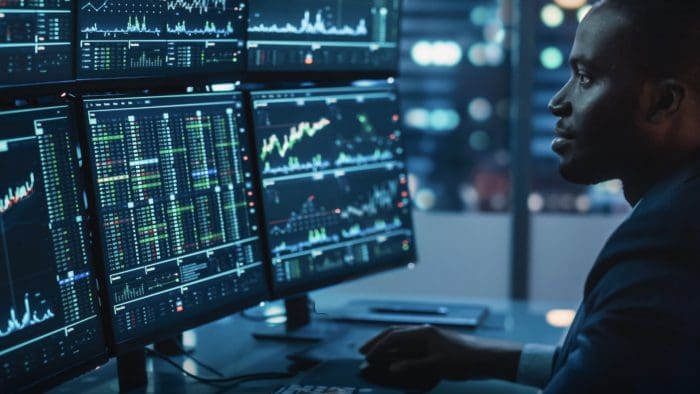
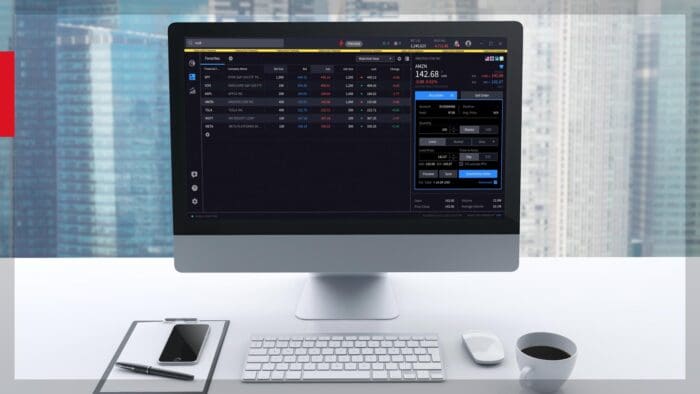


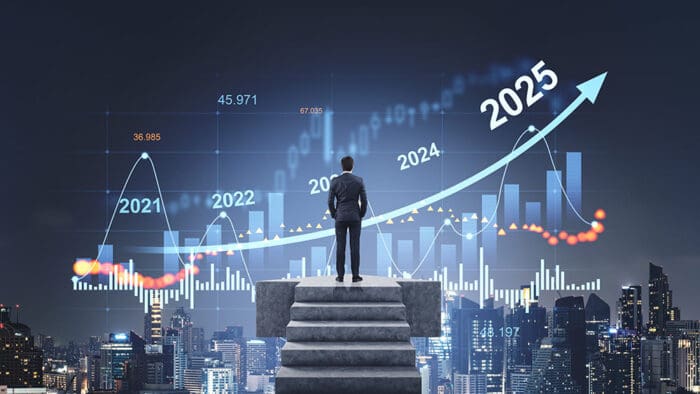

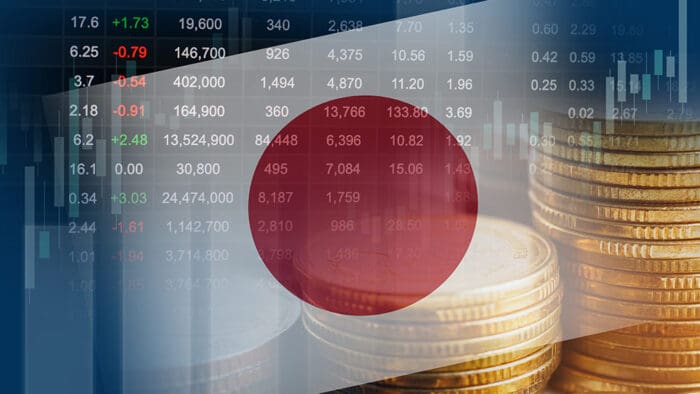

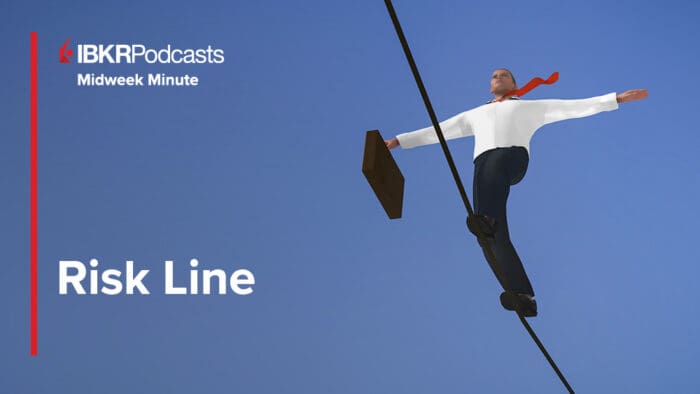
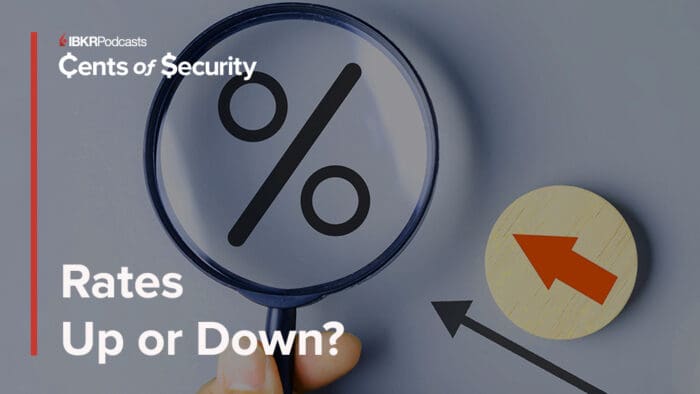

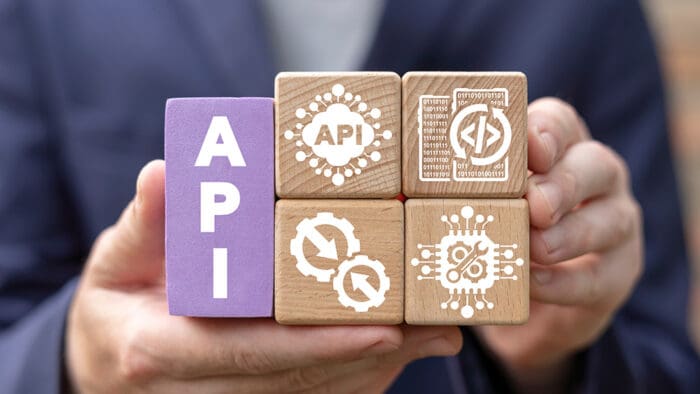

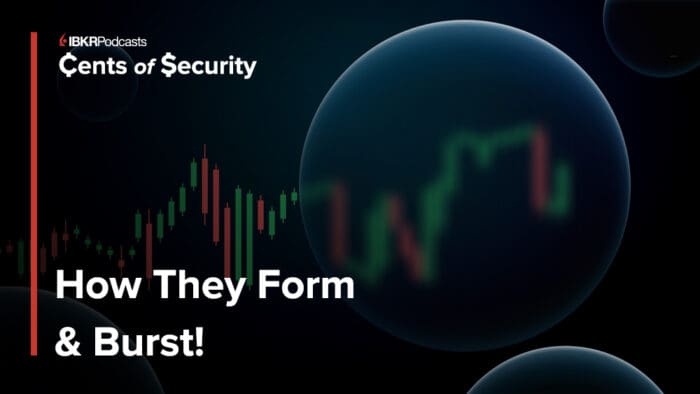

Great insight
Thanks for engaging!